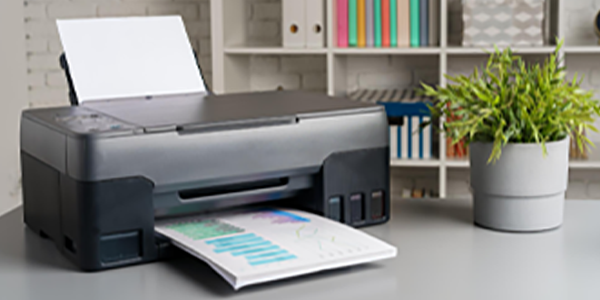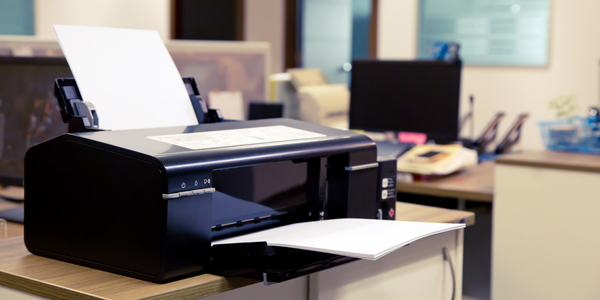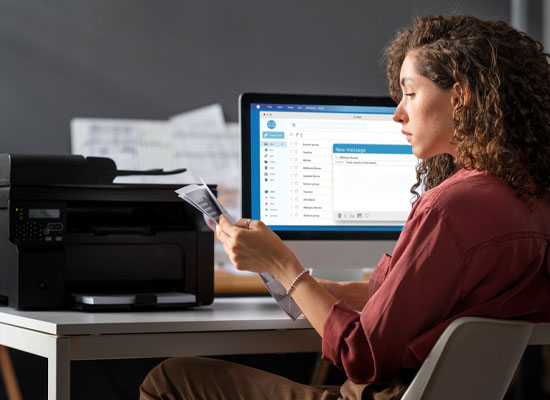Top Uses of Printers in Everyday Life
Perfect for printing schoolwork, online forms, tickets, photos, and homework assignments from home.


Essential for reports, invoices, letters, forms, charts, and daily team communication.
Know More
Unpack your printer, remove all protective packaging, install the ink or toner cartridges, load paper, connect the power cable, and switch it on.
For a USB connection, plug the printer into your computer, allow operating system drivers to install automatically, or download them from the manufacturer if needed.
For wireless setup, use the printer’s control panel to connect to your Wi‑Fi network (entering SSID and password), then add the printer via your computer’s “Printers & Scanners” settings.
Finish by printing a test page to confirm everything works.


To install a printer driver, first identify the exact model of your printer and determine your operating system version. Begin by connecting the printer—via USB or ensuring it’s on the same network as your computer—and power it on to allow your system to detect it.
If your operating system can’t locate a built‑in driver, download the latest compatible driver from the official support section of the printer maker’s website, making sure it matches both your printer model and OS.
Run the installer file and follow the on‑screen instructions, which may include accepting a license agreement and choosing connection type. Some systems may require a restart to complete the installation.
Once done, open your system’s printer management settings to confirm the device appears, then print a test page to verify that communication and configuration are successful. Always ensure you use trusted sources to avoid outdated or harmful software.